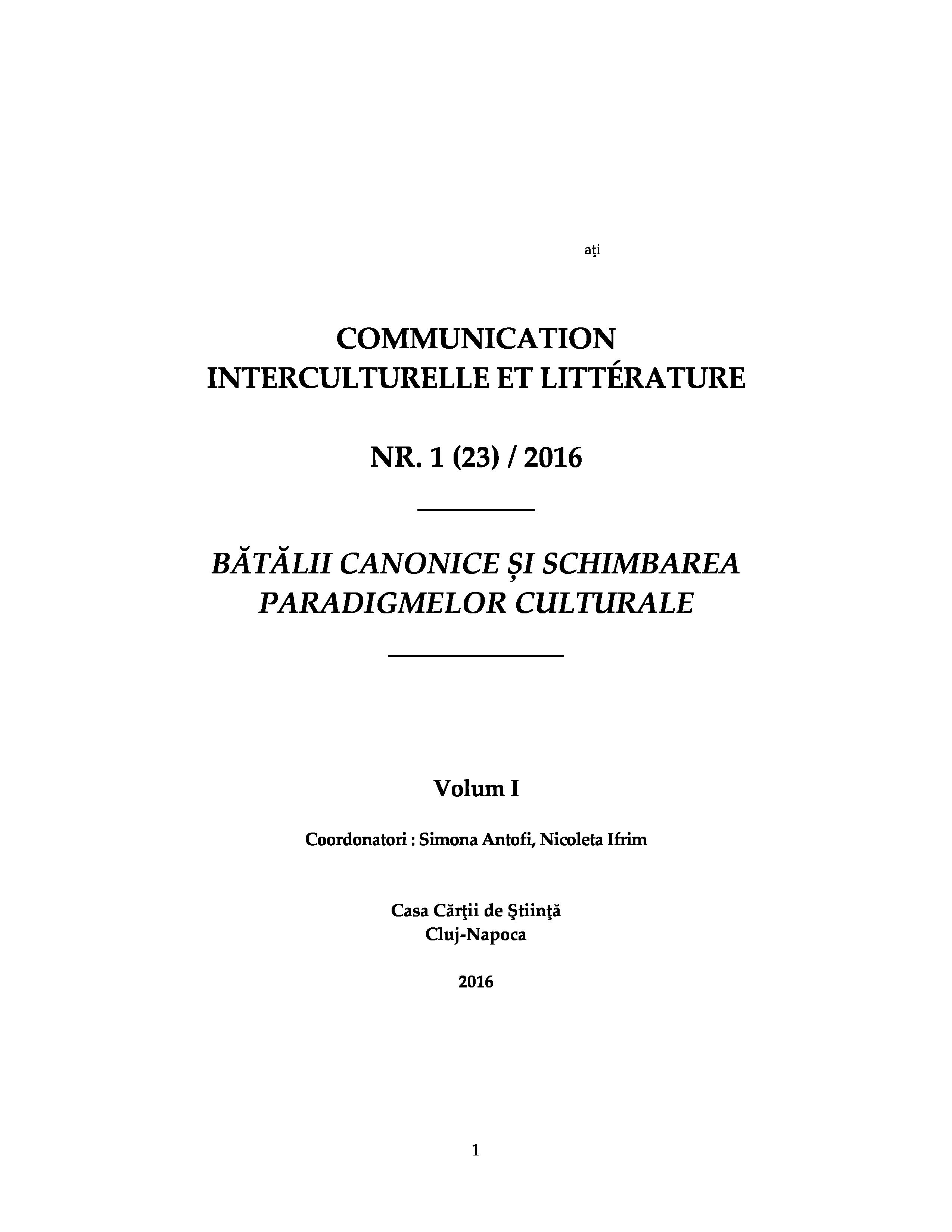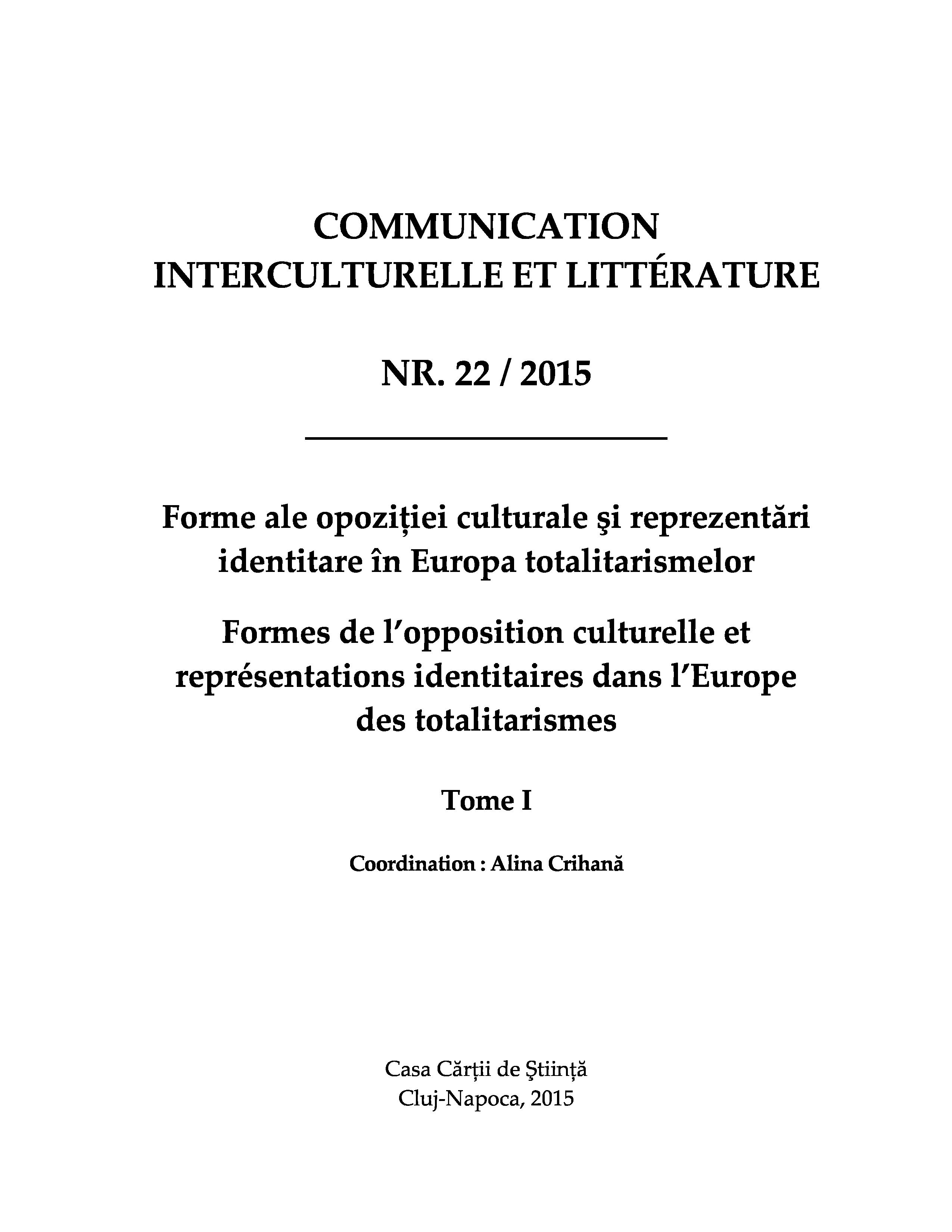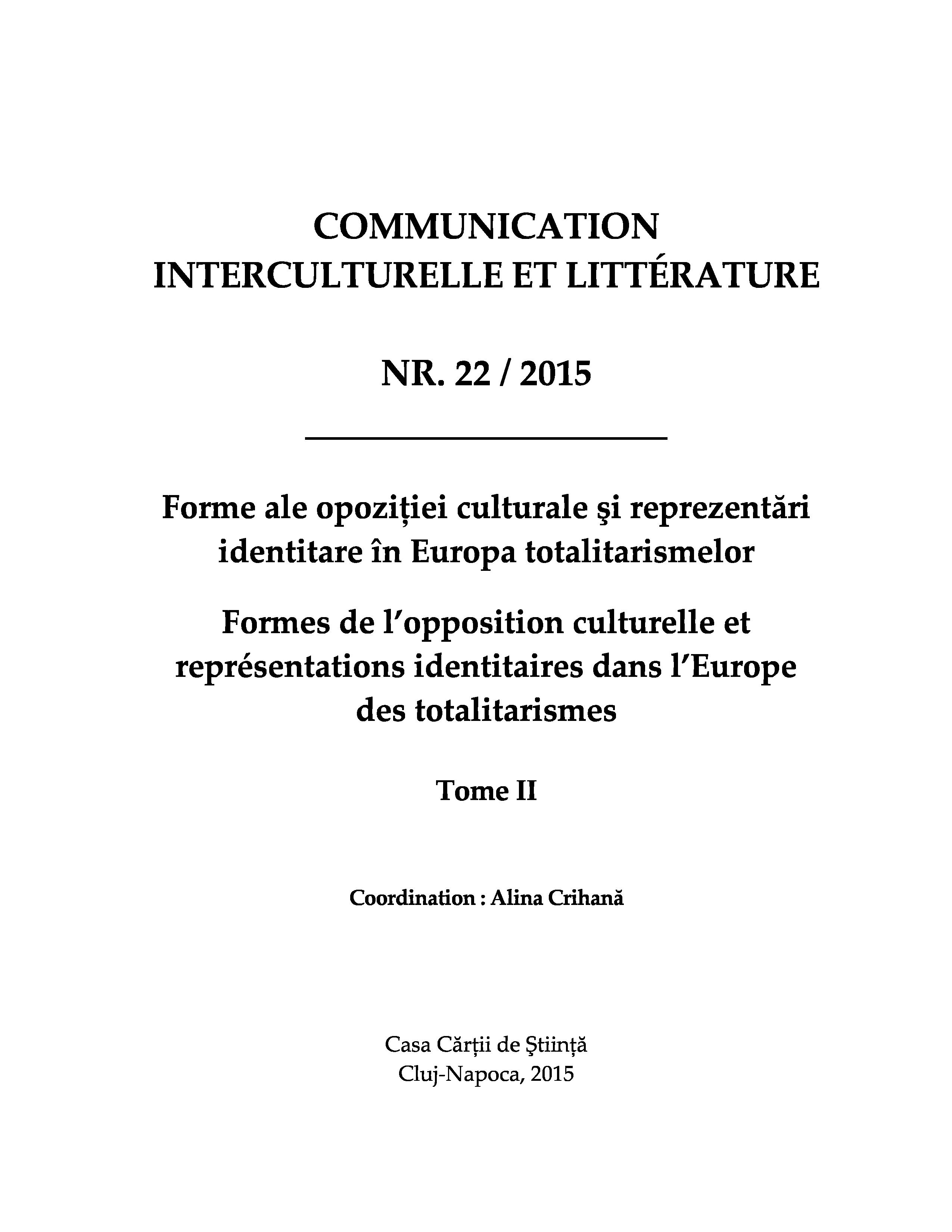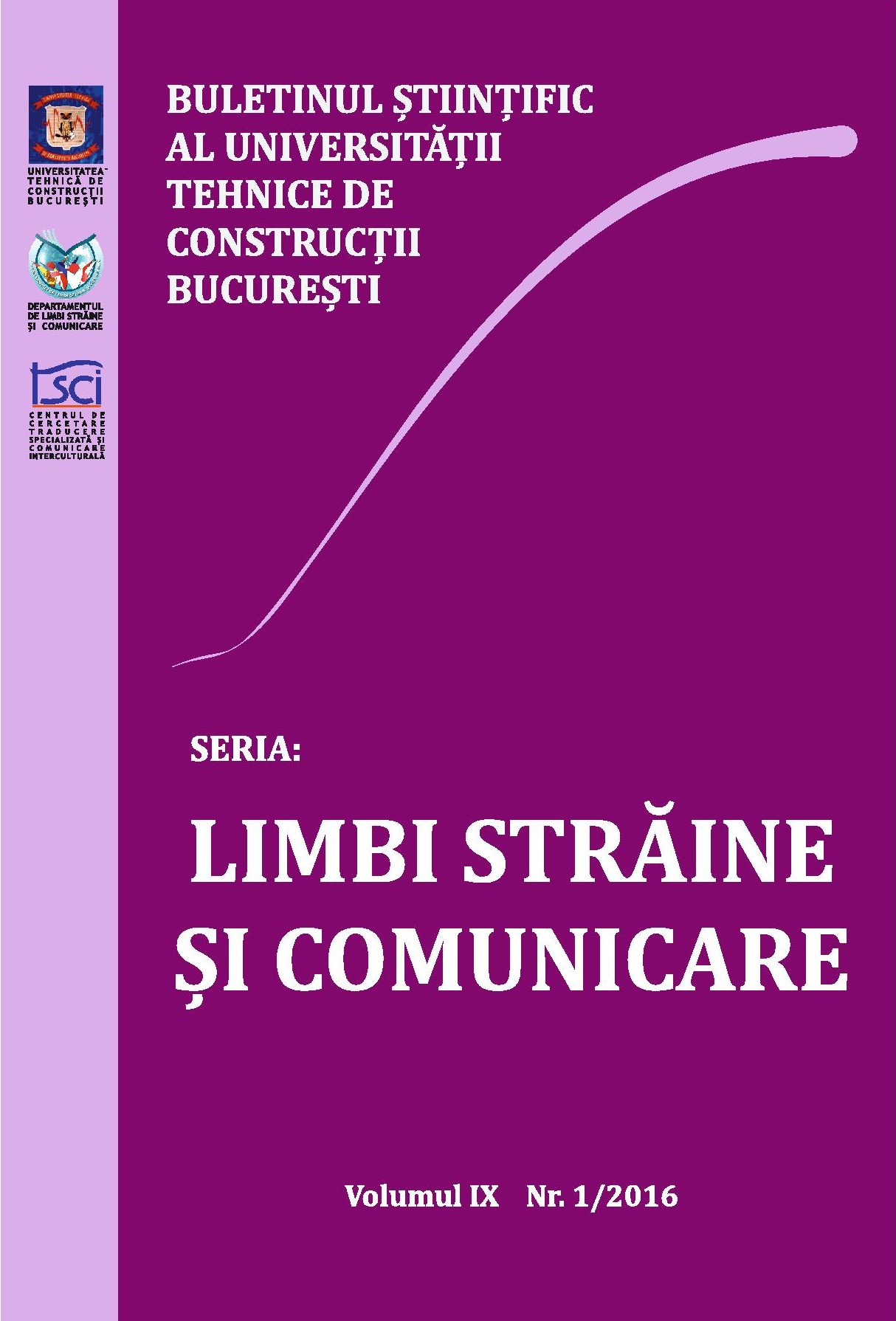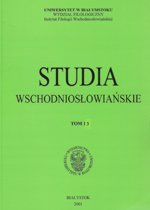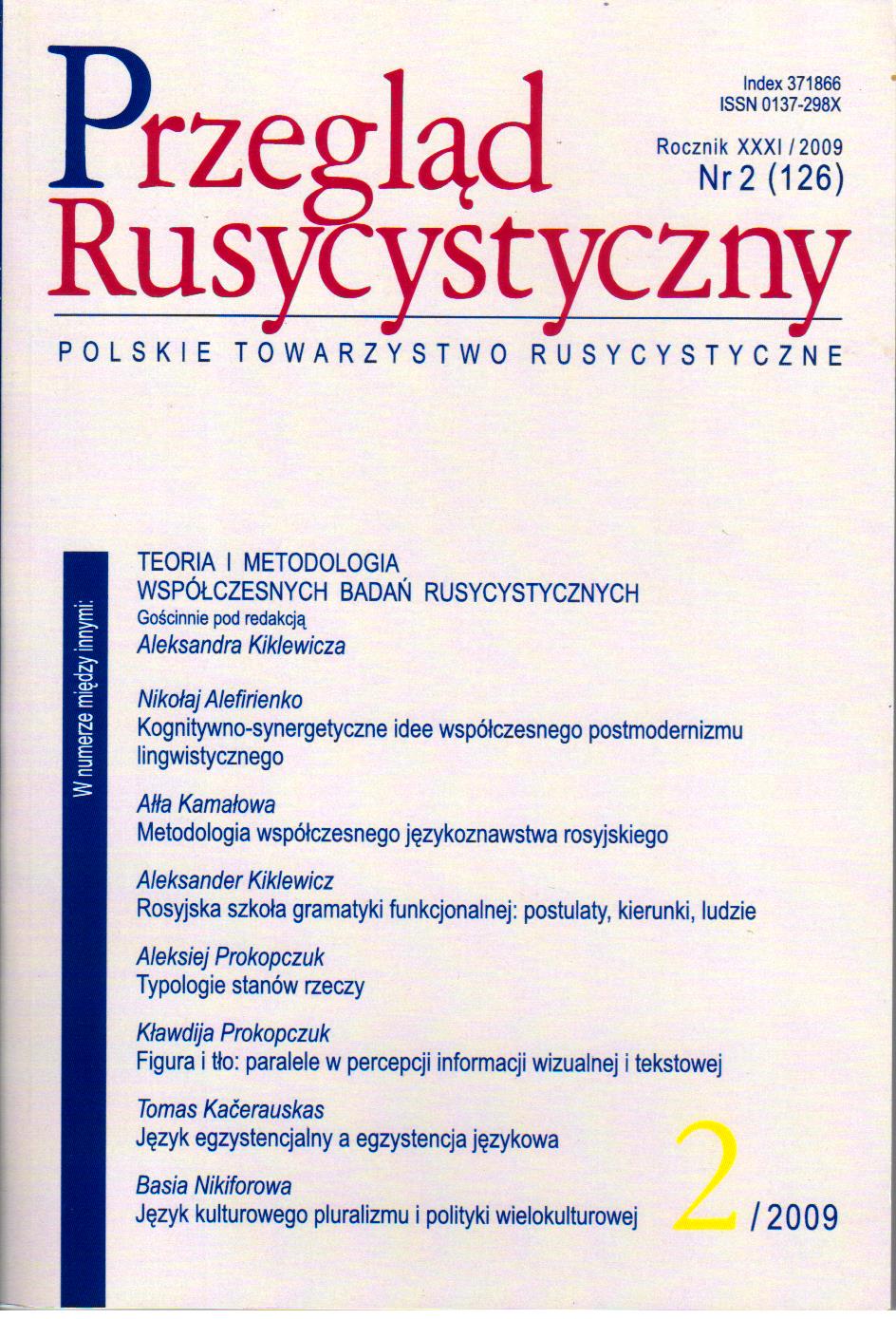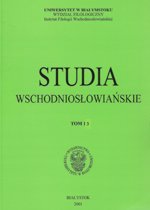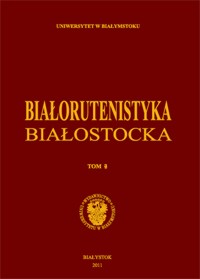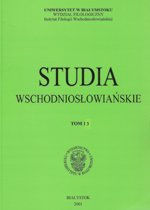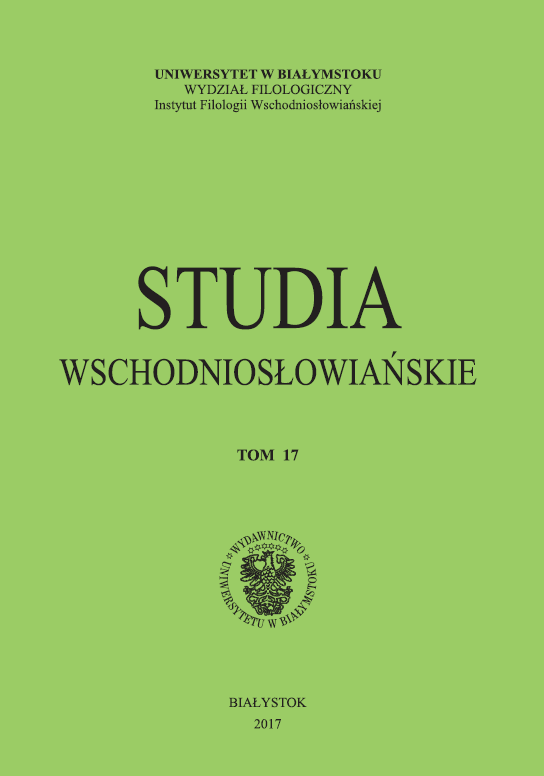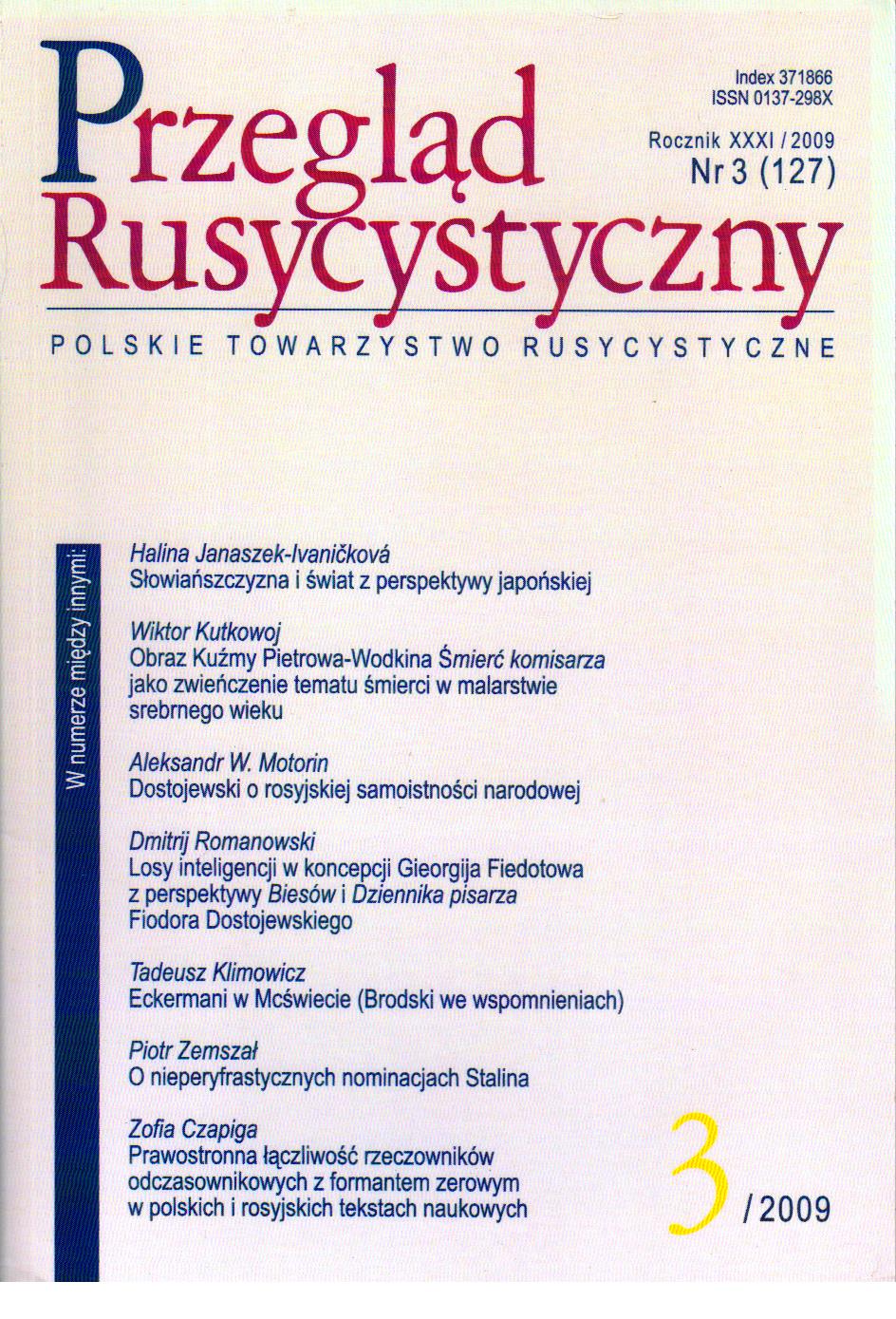
Достоевский о русской народной самобытности
From May, 1872 Dostoevsky for hours lives on earth of Staraya Russa (Old Russia), deepening into understanding of Russian soil, nationality. It was told on the substantial transforming of creative setting: to a great extent the writer went back to one of the native beginnings of Russian consciousness: to verbal creation, free from the personal tyranny of the artist, from the magic fi gment of the imagination, from the temptation to create and impose to the large God’s world with the own artistic, fi ction world. At the same time in his creative consciousness the idea about the unity of such beginnings of Russian folk mentality, as the faith into Christ, moral cleanliness, meekness, orthodox historiosophy consciousness of The Third Rome, and fi nally, language, which all of these expressing and saving, is normalized. The special meaning the writer gave to the living embodiment of these beginnings in some ideal personalities of the saint devotees of faith, Russian women, simple people. Saving of the beginnings of the folk consciousness in living persons is appeared, by Dostoevsky, with the pledge of further existence of nation in the earth time and happy fate in the Eternity.
More...
